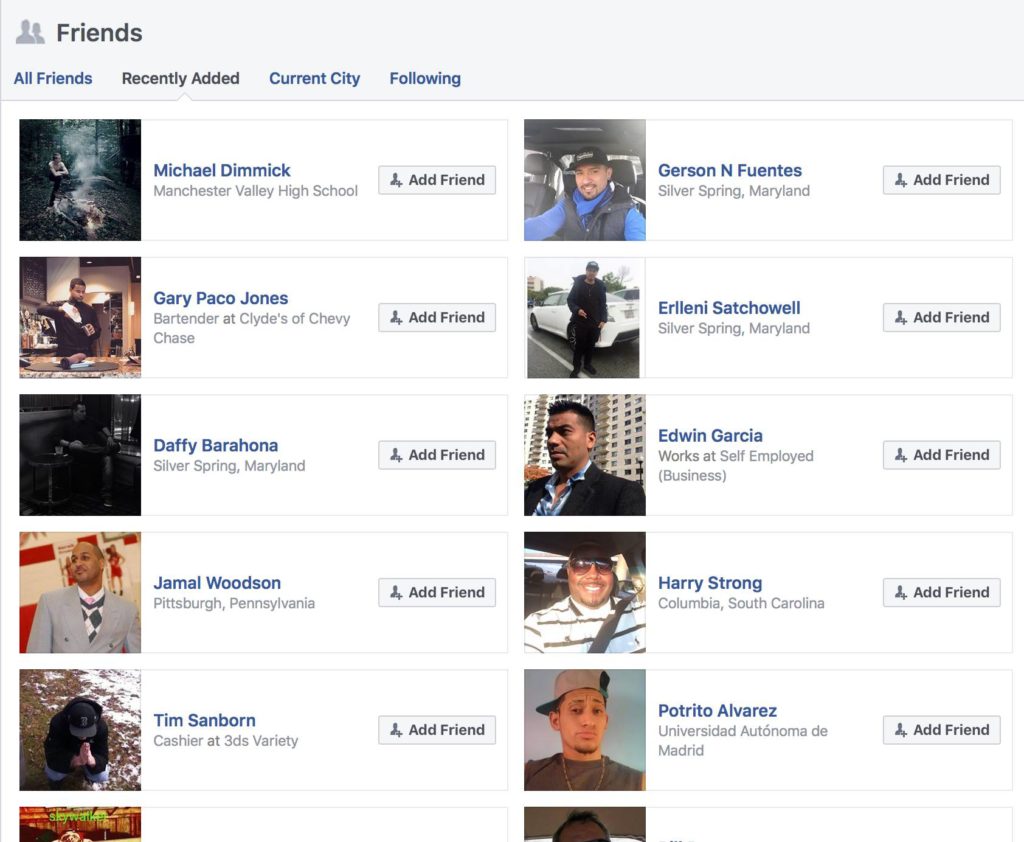0
TopSpin Security deploys realistic deceptions to lure and trap attackers
This column is available in a weekly newsletter called IT Best Practices. Click here to subscribe. Every CISO knows it’s not enough to just use prevention tools to try to keep attackers out of the network. CISOs must have the mindset of “they will get in” and plan accordingly with detection tools.According to Gartner, the average time before a breach is detected is more than 200 days, and too often the breach is detected by an outside organization such as a credit card processor or a law enforcement agency. These facts are simply indefensible when a CISO is called before the Board of Directors to discuss preparedness for cyber incidents.To read this article in full or to leave a comment, please click here
 HPE and Nokia's joint IoT offering will be available in early 2017.
HPE and Nokia's joint IoT offering will be available in early 2017.
 The NV market continues to grow and evolve, supporting many different technologies and vendor platforms as customers look for the right mix.
The NV market continues to grow and evolve, supporting many different technologies and vendor platforms as customers look for the right mix.

